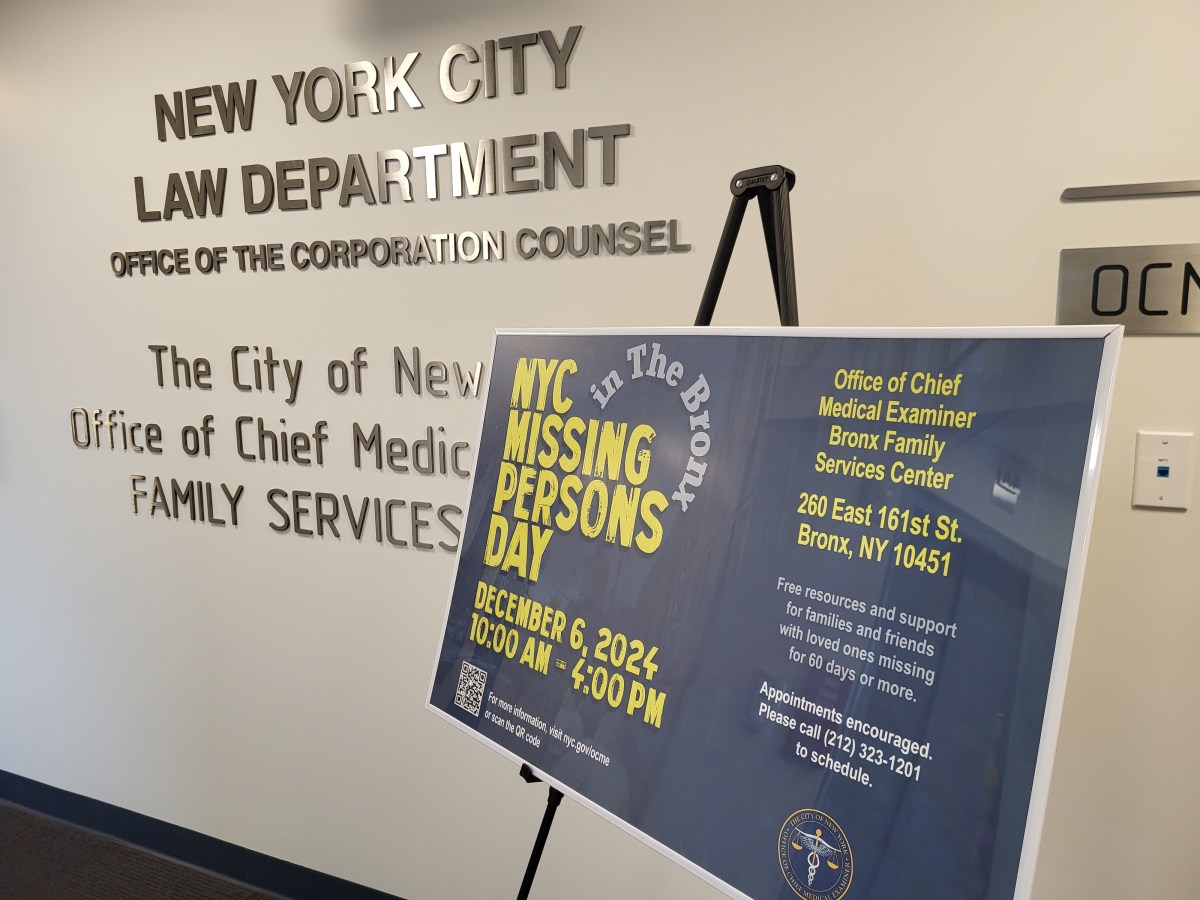BY TERESE LOEB KREUZER | New York State Senator Daniel Squadron’s 25th senatorial district spans waterfront communities in Lower Manhattan and Brooklyn. Superstorm Sandy brought some of them to their knees.
Squadron staged a “Resource Fair and Community Conversation” in two sessions on Dec. 9th – one at the Galapagos Art Space in Brooklyn and the other at Murry Bergtraum High School in Manhattan. An estimated 75 people attended the Brooklyn session, with around twice that many in Manhattan.
Squadron invited representatives from a host of government agencies, utility companies and other organizations to answer questions from his constituents.
Much of what they had to say was not good news.
Janet Gazlay Martin, a director of engineering at Verizon, said that there are still more than 1,100 buildings without telephone service in Lower Manhattan. “We have buildings we can’t get into because they’re destroyed,” she said.
She said that government offices, emergency service providers, health care facilities and schools had priority in the service restoration work. Next, she said, Verizon is attempting to get the largest buildings back on line. Crews have been brought in from other parts of the country to assist in this work.
Martin said Verizon is installing fiber-optic wiring to replace copper wires. “Copper doesn’t work after it gets wet,” she said. “Fiber is more durable.”
Among the problems that Verizon faces in restoring service is the need to buy terminating equipment for the fiber-optic wiring. “We don’t manufacture that,” Martin said. “The volume that we need is tremendous.”
Verizon had previously said that it would take until May to restore downed service. Mayor Michael Bloomberg found that unacceptable. Verizon is now aiming for March but given the problems, it isn’t clear that that date is realistic.
At a nearby table, Con Edison’s director of public affairs, David Gmach, explained why most buildings in Battery Park City retained power even though the majority of buildings in Lower Manhattan went dark after Sandy. He said that electricity for Battery Park City buildings is transmitted via Brooklyn and not through the Con Edison facility on East 13th Street, where a transformer blew up. However, he said that he couldn’t answer any additional questions such as how many buildings are still without power or when it might be restored. He did say that Con Edison has completed the work that is directly under its control but that some buildings had damaged internal systems that would have to be repaired before electricity could be reestablished.
Gmach was distributing literature explaining how to restore electrical service faster under a simplified certification process. It stated that customers with privately owned gas and electrical equipment that had been damaged by Sandy could have it inspected, cleaned and repaired by a licensed contractor who would then have to fill out a self-certification form that could be emailed or faxed to Con Edison.
At a table staffed by representatives from New York City’s Small Business Services department, Bernadette Nation, director of the Emergency Response Unit, commented on insurance companies that are finding ways to limit their Sandy payouts to their customers. She said that she was reporting problems of this kind to New York State’s Department of Financial Services. But she also had harsh words for small businesses that had no insurance. She said that being an entrepreneur entailed taking risks and that the risks had to be factored in and covered as part of the cost of doing business.
In addition to the resource tables, Squadron arranged for a “community conversation” in a separate part of the room so that attendees could discuss their Sandy experiences, air their grievances and make suggestions. Squadron’s policy director, Matthew Bethell, chaired this session while Mary Cooley, Squadron’s Manhattan District Director, kept track of the comments.
They ranged over a variety of issues including insufficient information about what was happening at the height of the crisis to transportation problems to the need for translation services to the need for a better plan for seniors. With electricity and telephone service out, this group was especially vulnerable, according to participants in the “community conversation.”
The long-term sustainability of the waterfront was also discussed as was the need for a structural assessment by the Army Corps of Engineers.
The most disturbing thing about Superstorm Sandy, some people said, was that there is nothing in place to keep a catastrophe of this magnitude from happening again.



































